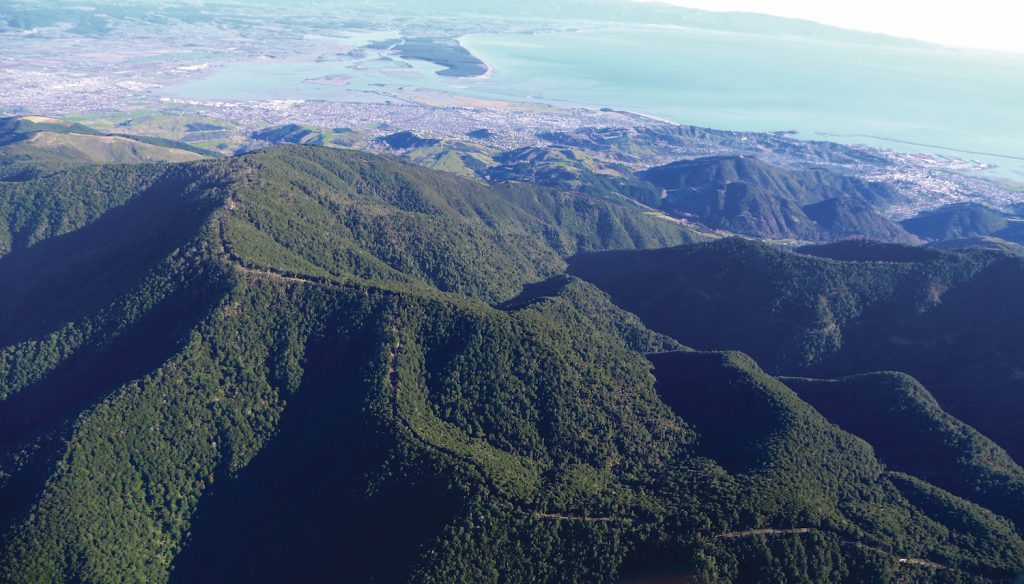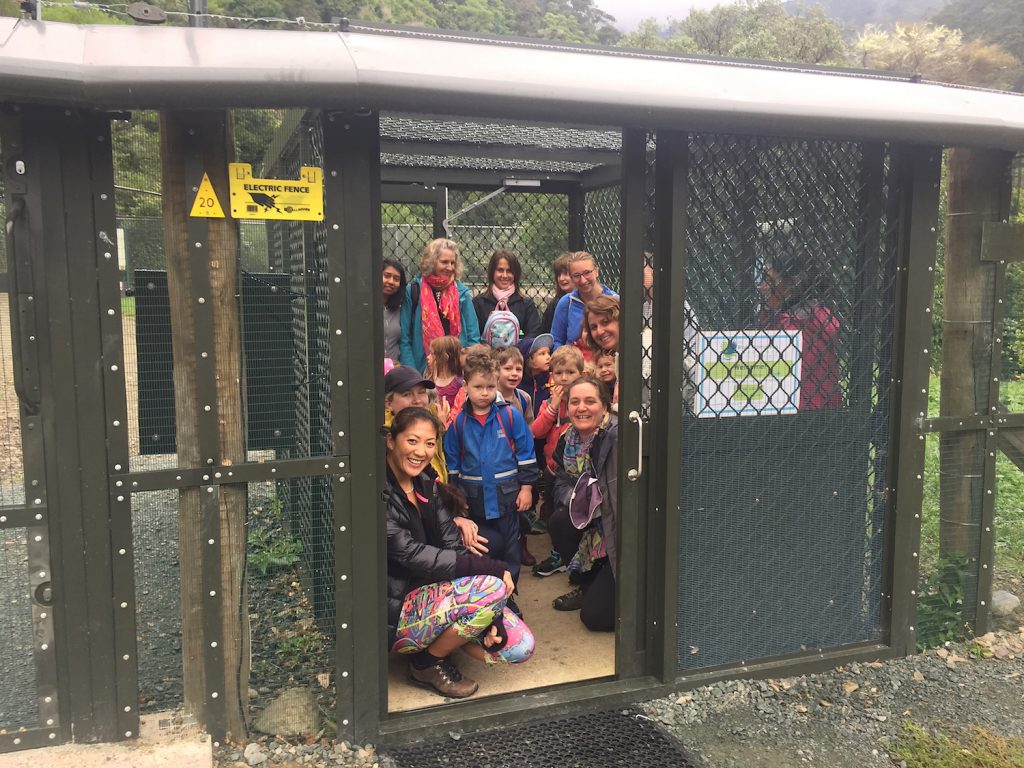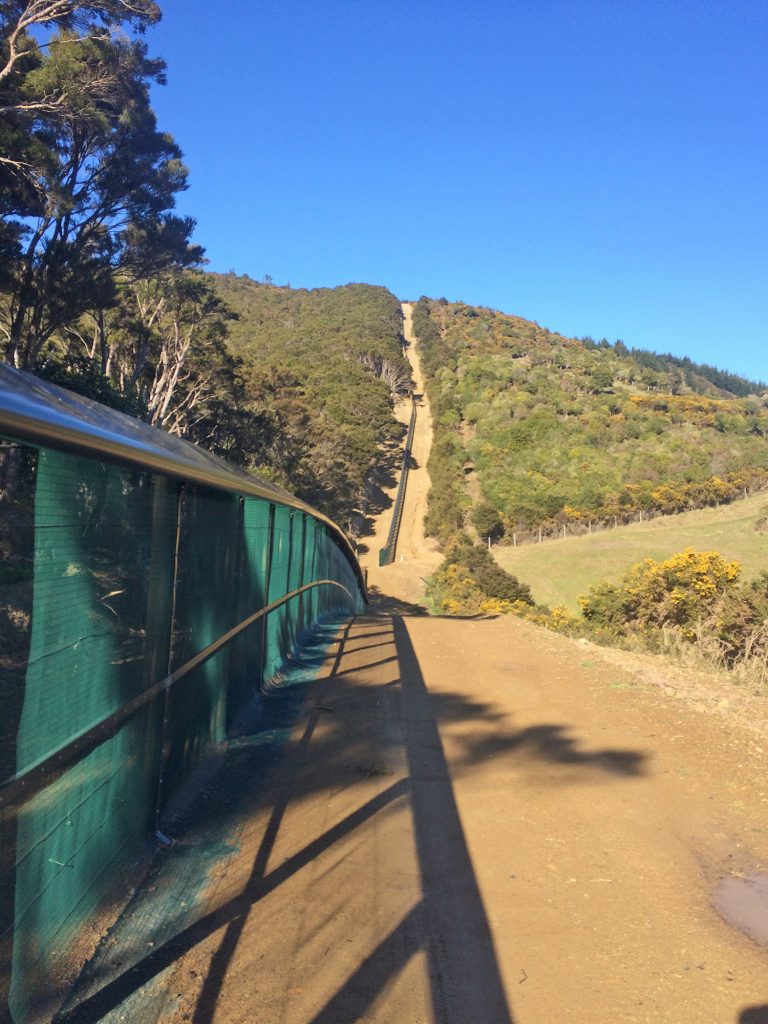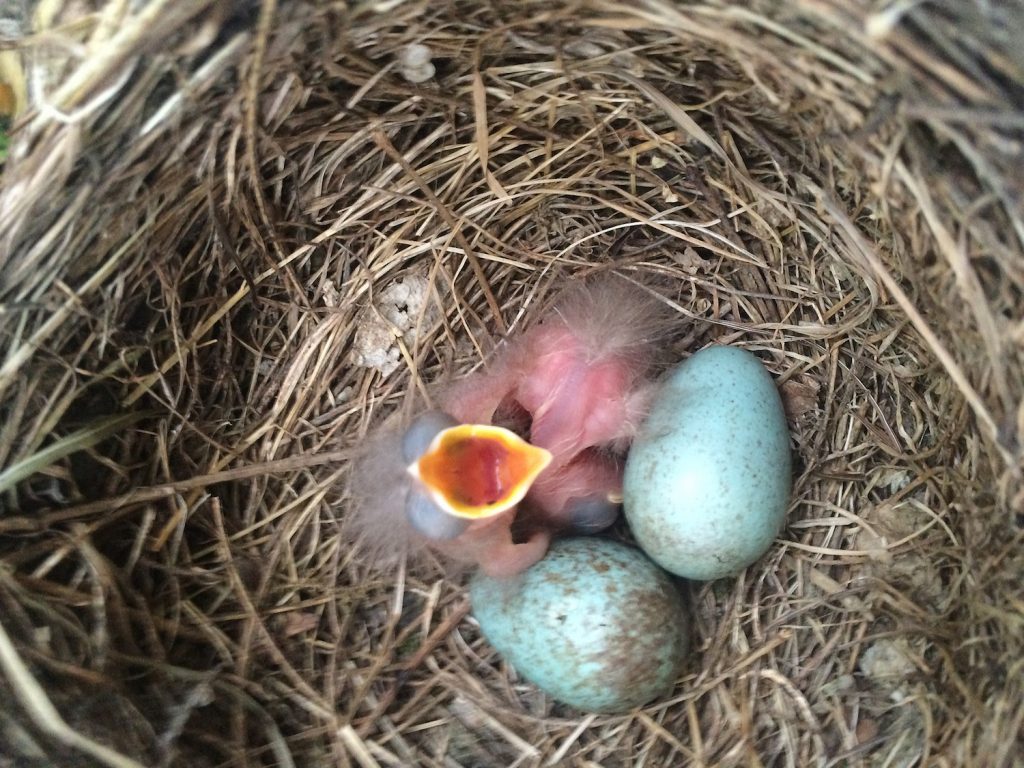By John Cohen-Du Four | Photography Supplied by Brook Sanctuary

Imagine a vast swathe of pristine pre-European native bush; a huge area with absolutely no introduced predators — no rats, stoats, possums, feral cats. A place where New Zealand’s unique and endangered wildlife can thrive, especially our wonderful bird species. Where you can find populations of Toutouwai (South Island Robin), Tītipounamu (Rifleman), Ngirungiru (Tomtit), Pīwakawaka (Fantail), Kererū (NZ Pigeon), Korimako (Bellbird), Tauhou (Silvereye) and Kārearea (NZ Falcon) and Tui.
How big an area are we talking about? Try this: imagine yourself standing in the middle of a rugby sports field. Now visualise 99 more of them stretching out ahead of you, end on end, into the distance. 100 rugby pitches in a row. But wait, now see lying next to each and every one of these fields, six more side by side. 700 in total — this is the equivalent of the Sanctuary’s 700 hectares.
And incredibly, it’s all right here in Nelson Tasman’s backyard, for the public and visitors alike to enjoy, explore, and learn from.
But such a privilege doesn’t come easily, or cheaply — which is why NML, the management arm of Nelson Forests Limited, recently made a major donation of $25,000 to the venture.
As Hudson Dodd, Brook Sanctuary’s General Manager explains, the costs associated with running the Trust are not for the faint-hearted. “Every year we need more than $500,000,” he says, “just to keep the lights on and the team at work. Facilities like the visitors centre, fencing, tracks, ongoing repairs, basic overheads, it all adds up.
“Which is why being chosen by NML for such a generous donation is so valuable and important to us,” he says. “Most funders want their money to go to specific projects, which means we’re always in need of untagged, flexible funding that can go towards our significant operating costs — and thanks to NML, this is exactly what we received.”
With a paid staff of only five FTEs, everything else in the Sanctuary is achieved with the remarkable voluntary support of literally hundreds of people putting in more than 30,000 hours of labour per year — from staffing the visitors centre, to fence and track maintenance trapping, bird monitoring, and public outreach. “There are very few operations in the non-profit sector that can boast this level of dedicated support,” says Hudson.
Nor can many non-profit organisations point to such a high level of ongoing support from local business. Being a community-based initiative, the Sanctuary, since its earliest inception back in 2001, has relied heavily on the goodwill of the private sector.
One of its most successful fundraising schemes was the sponsoring of fence posts — there are, after all, more than 3,700 of them ringing the area. The highest value sponsorship per post was for $5,000, which NML undertook in 2013.

As NML’s Managing Director Lees Seymour points out, the Company sees a lot of common ground with the Sanctuary’s aims. “The Brook Sanctuary is a big community project, and NML has always been a big part of the community.
“We have a real affinity for native birds as we see so many in our operations. We routinely report our sightings, and we protect them and their habitats within our business model. We want to see our native bird populations flourish.
“Both the Sanctuary and NML understand the unique custodial environmental benefits offered in native and plantation forests,” Lees says. “In particular, the wildlife habitat of forests closely surrounding the Sanctuary, the so-called ‘halo area’, will harbour species as they move out beyond the pest-free fencing. We support the Sanctuary because it can provide a wonderful opportunity for us all to experience what Aotearoa/New Zealand used to be like.”

The educative value of such an experience is not lost on Lees. “It can only help us, and our children, and their children, and many generations to come, to experience the rare wonder of our native reptile and bird species.”
It’s a sentiment clearly echoed by Hudson. “We’ve had, in recent years, upwards of 3,000 school kids visit the Sanctuary each year, learning about the issues around conservation, and connecting with nature. It’s hugely important that future generations get out amongst it and get their hands dirty. It’s the best way for them to recognise these critical values and carry them forward,” he says.

Following last year’s predator removal operation, the Sanctuary team have been conducting intensive monitoring to confirm the pest-free status of the site. With the Sanctuary on the cusp of being declared totally pest-free, it is poised to become a growing tourism drawcard for the region — providing another reason for visitors to linger longer and enjoy local attractions, thus feeding into the local economy.
But at its core, the Brook Waimarama Sanctuary is about saving native birds. With the eradication of pests, bird populations have already jumped. “Our latest bird count in February showed a notable increase in the numbers of Tomtits, Tui, Fantails, and Silvereye, some by up to four times,” says Hudson. “And it’s only early days. It’s tremendously exciting to begin seeing the kind of results we knew would occur. Bird numbers will go through the roof.”
Which is precisely the idea; the Sanctuary was never intended to hold in the birdlife, simply hold out their predators. The bigger mission is for its growing populations to fly out into the region — which they are free to do at any time — to re-establish themselves and make Nelson once again a city of birds.
“DOC estimates that every year a staggering 25 million baby birds are lost to invasive pests,” says Hudson. “This is why we’re doing it, why so many volunteers, community groups, local iwi, and businesses like NML, are working side by side to help stem the tide.
